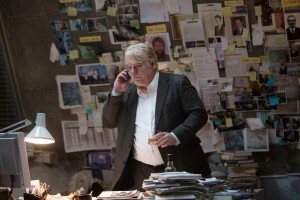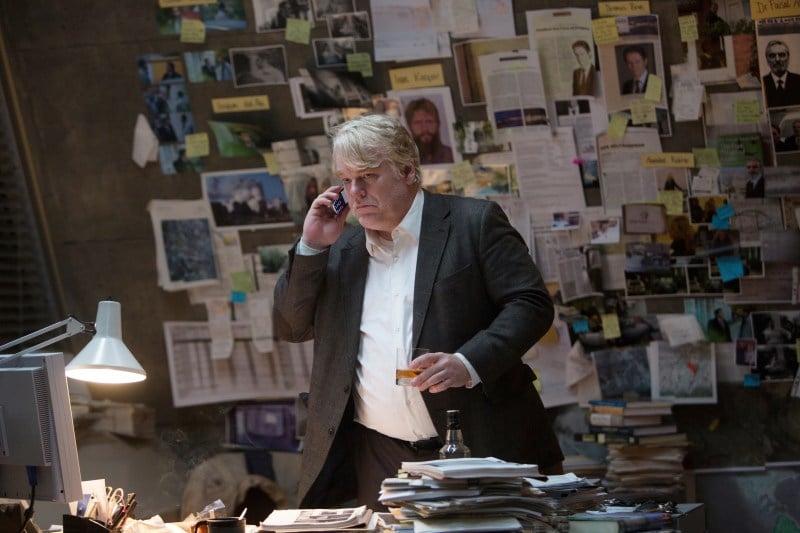
“A Most Wanted Man” is a spy thriller that fails to thrill.
I was drawn to the film because of its lead actor, the late Philip Seymour Hoffman—best known for his 2005 Oscar-winning performance in “Capote”—and because the movie was based on the novel, of the same name, by author John le Carre—a former M16 agent best known for his novel “Tinker Tailor Soldier Spy.”
Neither Hoffman nor le Carré disappoints, but the movie was so tedious that halfway in, I could not wait for the credits to roll.
The film, directed by Anton Corbijn, follows half-Chechen, half-Russian immigrant Issa Karpov (Grigoriy Dobrygin), who is believed to be an escaped militant Jihadist. Karpov has recently arrived in Hamburg, Germany, where the 9/11 attacks were planned. Now, Karpov is under close surveillance of the German spy unit’s head Günter Bachmann (Philip Seymour Hoffman), Hamburg intelligence head Dieter Mohr (Rainer Bock) and CIA agent Martha Sullivan (Robin Wright). Karpov is exhausted and terrified, but he cannot let his guard down: After all, he is a most-wanted man.
The film also features Rachel McAdams as attorney Annabel Richter and Willem Dafoe as bank head Tommy Brue, both of whom get involved in Karpov’s delicate situation.
The first half of the two-hour film is utterly unexciting. There is a lot of talk but little action. It is understandable that a film would start out a tad slow: Characters need to be developed, the premise set up and the tone established. But one would expect all this to consume no more than a third of the film. Instead, this film spends nearly an hour developing these elements, and even then does a poor job. The film does not climb out of its stagnant state until the second half.
At one point in the movie, Sullivan tells Bachmann that her objective is “to make the world a safer place.” Then Sullivan asks, “Isn’t that enough?” An hour or so into the movie, I was thinking the exact same thing.
But even the second half of the film fails to thrill. There is some chasing, kidnapping, screaming and a bit of cussing, mainly by Hoffman. But thrilling it is not. Whereas the first half is dull and lethargic, the second half is stirring and slightly heartbreaking.
One of the few highlights of the film is its cinematography. From the opening shot of water lapping against an underground wall to the warm yellow tones the camera captures when Hoffman sits down at the piano, the film’s cinematography manages to convey emotion that its script fails to do.
The only thrilling aspect of the movie is the late Hoffman’s performance. Although McAdams and Dafoe also deliver fair performances, Hoffman makes the film. His performance as head of the German spy unit is fantastic and saves the film from utter mediocrity. It’s a tragedy that we won’t see more of Hoffman.
In short, “A Most Wanted Man” is a tedious un-thriller despite the incredible talents of Hoffman and le Carré and the movie’s gripping cinematography.
